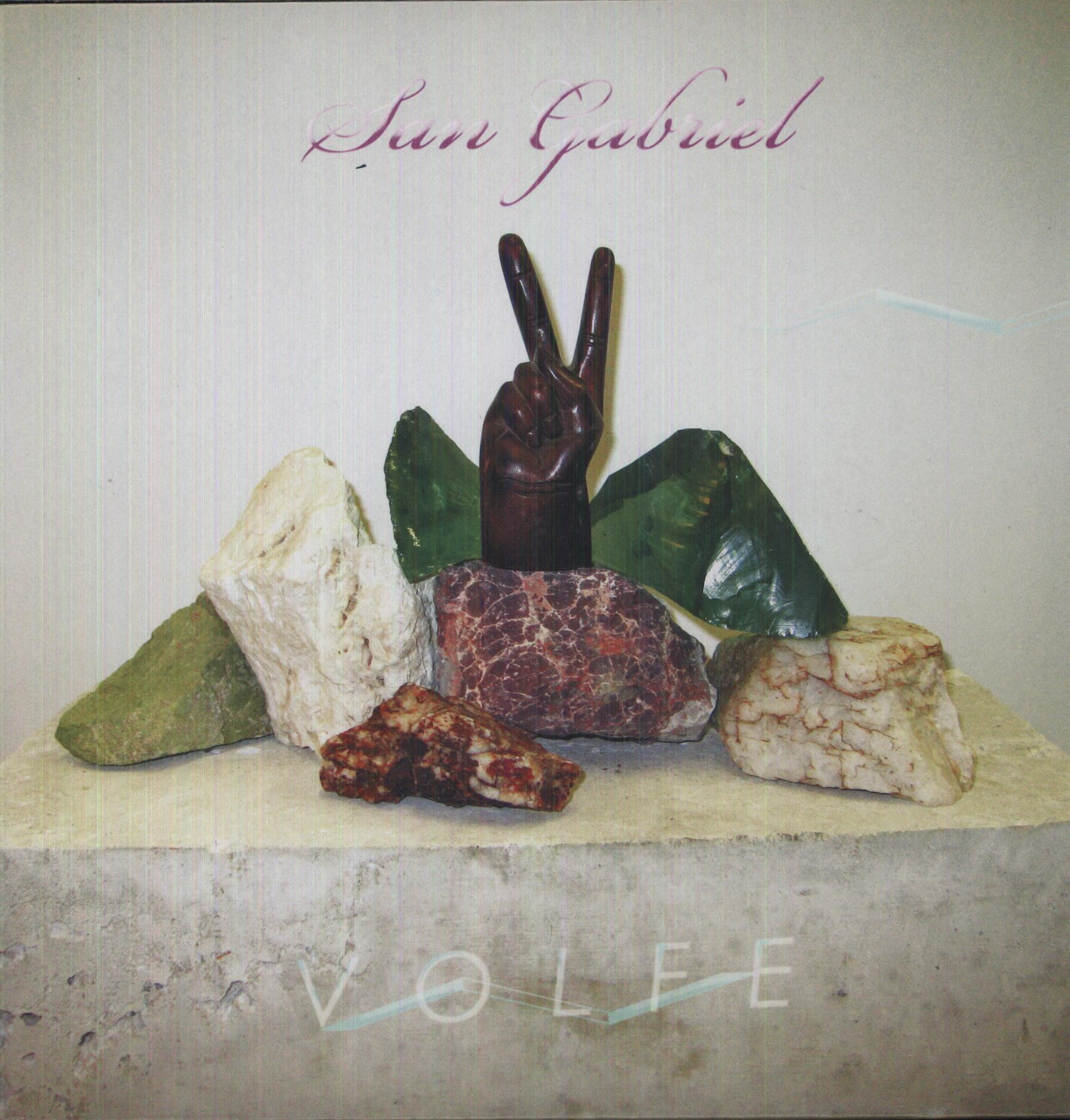
Owing to its relatedness to parchment as the primary writing matter of the Middle Ages, human skin was not only a topic to write about in medieval texts, it was also conceived of as an inscribable surface, both in the material and in the figurative sense. This volume explores the textuality of human skin as discussed by Geoffrey Chaucer and other writers (medical, religious, philosophical, and literary) of the fourteenth and fifteenth century. It presents four main aspects of the complex relations between text, parchment, and human skin as they have been discussed in recent scholarship. These four aspects are, first, the (mostly figurative) resonances between parchment-making and transformations of human skin, second, parchment as a space of contact between animal and human spheres, third, human skin and parchment as sites where (gender) identities are negotiated, and fourth, the place of medieval skin studies within cultural studies and its relationship to the major concerns of cultural studies: the difficult demarcation of skin from body, the instability of any inscription, and the skin's precarious state as an entity of its own.
member goods
notems store
listens & views

THESE GHOULISH THINGS HORROR HITS ...
by THESE GHOULISH THINGS HORROR HITS HALLOWEEN / VAR
COMPACT DISCout of stock
$12.99






